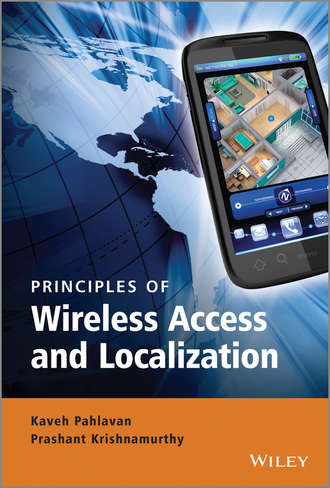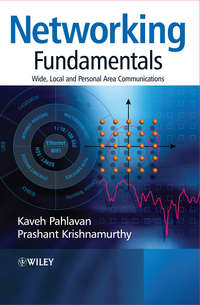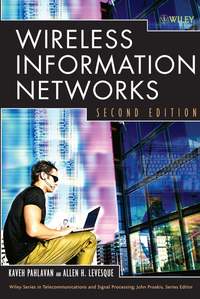
Полная версия
Principles of Wireless Access and Localization
A comprehensive, encompassing and accessible text examining a wide range of key Wireless Networking and Localization technologies This book provides a unified treatment of issues related to all wireless access and wireless localization techniques. The book reflects principles of design and deployment of infrastructure for wireless access and localization for wide, local, and personal networking. Description of wireless access methods includes design and deployment of traditional TDMA and CDMA technologies and emerging Long Term Evolution (LTE) techniques for wide area cellular networks, the IEEE 802.11/WiFi wireless local area networks as well as IEEE 802.15 Bluetooth, ZigBee, Ultra Wideband (UWB), RF Microwave and body area networks used for sensor and ad hoc networks. The principles of wireless localization techniques using time-of-arrival and received-signal-strength of the wireless signal used in military and commercial applications in smart devices operating in urban, indoor and inside the human body localization are explained and compared. Questions, problem sets and hands-on projects enhances the learning experience for students to understand and appreciate the subject. These include analytical and practical examples with software projects to challenge students in practically important simulation problems, and problem sets that use MatLab. Key features: Provides a broad coverage of main wireless technologies including emerging technical developments such as body area networking and cyber physical systems Written in a tutorial form that can be used by students and researchers in the field Includes practical examples and software projects to challenge students in practically important simulation problems





